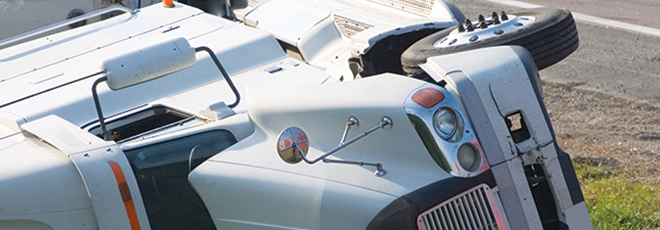A fire can burn out of control in just 30 seconds and destroy everything you own. Fire extinguishers are a vital component of your loss prevention program. Choosing the right classification, size and location is critical. Fire extinguishers have three main classifications or ratings that indicate the type of fire they will extinguish. All ratings are shown on the extinguisher faceplate; some extinguishers are marked with multiple ratings such as BC and ABC. These extinguishers are capable of putting out more than one class of fire.
To operate an extinguisher, remember the acronym, P.A.S.S.
- P – Pull the pin
- A – Aim extinguisher nozzle at the base of the flames
- S – Squeeze trigger while holding the extinguisher upright
- S – Sweep the extinguisher from side to side, covering the area of the fire with the extinguishing agent
The key points to remember about fire extinguishers are:
- They should be selected based on the class of fire you need to extinguish (see description below), the potential size of the fire and the maximum floor area per extinguisher
- They should be located along normal paths of travel, mounted on a wall and not be obstructed from view. Fire extinguisher signs should be placed above the extinguisher and in clear view
- They should be kept fully charged and in their designated places
- Employees should receive regular training in fire extinguisher use
- A qualified fire extinguisher service contractor should be consulted regarding selection, placement and servicing of your fire extinguishers
- They should be inspected and serviced annually by the contractor, with a tag attached showing contractor’s name and service date
- Documented monthly visual inspections should be conducted by plant personnel to ensure that each extinguisher is in its designated place, that it has not been actuated or tampered with, and that there is no obvious physical damage or condition to prevent its operation



